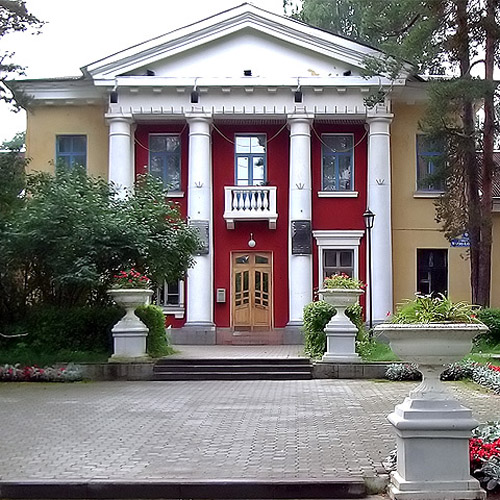Dubnium
105
Db
Gruppe
5
Periode
7
Blokk
d
Proton
Elektron
Nøytron
105
105
157
Generelle eigenskapar
Atomnummer
105
Atommasse
[268]
Massetal
262
Kategori
Transisjonsmetall
Farge
i/t
Radioaktiv
Ja
Named after the Russian town of Dubna
Krystallstruktur
i/t
Historie
Dubnium was reportedly first discovered in 1968 at the Joint Institute for Nuclear Research at Dubna.
Researchers there bombarded an americium-243 target with neon-22 ions.
In the same year, a team led by Albert Ghiorso working at the University of California, Berkeley conclusively synthesized the element by bombarding a californium-249 target with nitrogen-15 ions.
Researchers there bombarded an americium-243 target with neon-22 ions.
In the same year, a team led by Albert Ghiorso working at the University of California, Berkeley conclusively synthesized the element by bombarding a californium-249 target with nitrogen-15 ions.
Elektron per energinivå
2, 8, 18, 32, 32, 11, 2
Elektronkonfigurasjon
[Rn] 5f14 6d3 7s2
The Berkeley team proposed the name hahnium for the element
Fysiske eigenskapar
Tilstandsform
Fast stoff
Tettleik
39 g/cm3
Smeltepunkt
-
Kokepunkt
-
Smeltevarme
i/t kJ/mol
Fordampingsvarme
i/t kJ/mol
Spesifikk varmekapasitet
- J/g·K
Førekomst i jordskorpa
i/t
Førekomst i universet
i/t

Biletkreditering: Wikimedia Commons (Hrustov)
The element is named after after the Russian town of Dubna, the location of the Joint Institute for Nuclear Research
CAS-nummer
53850-35-4
PubChem CID-nummer
i/t
Atom eigenskapar
Atomradius
-
Kovalent radius
149 pm
Elektronegativitet
-
Ioniseringspotensial
-
Molart volum
-
Termisk konduktivitet
0,58 W/cm·K
Oksidasjonstrinn
5
Bruksområde
Dubnium is used for scientific research purposes only.
Dubnium is harmful due to its radioactivity
Isotopar
Stabile isotopar
-Ustabile isotopar
255Db, 256Db, 257Db, 258Db, 259Db, 260Db, 261Db, 262Db, 263Db, 264Db, 265Db, 266Db, 267Db, 268Db, 269Db, 270Db